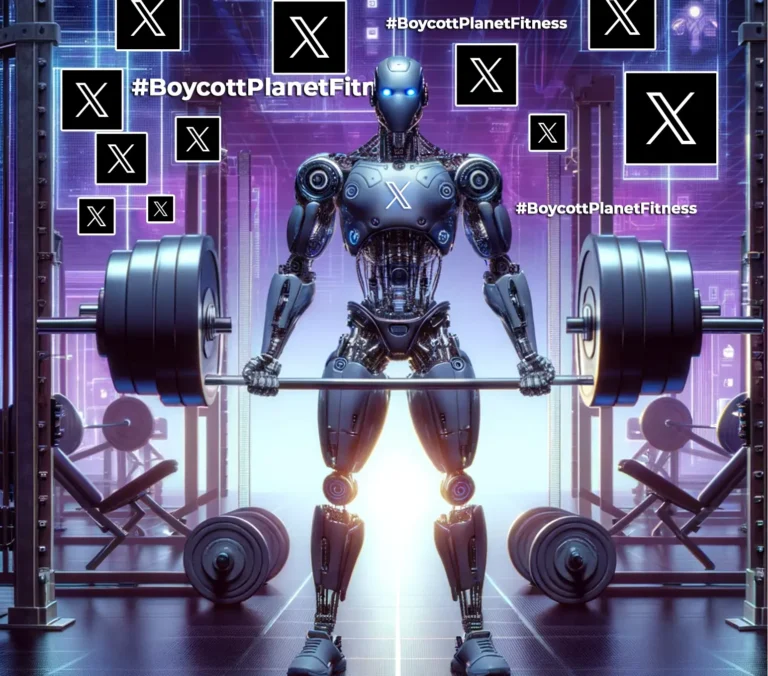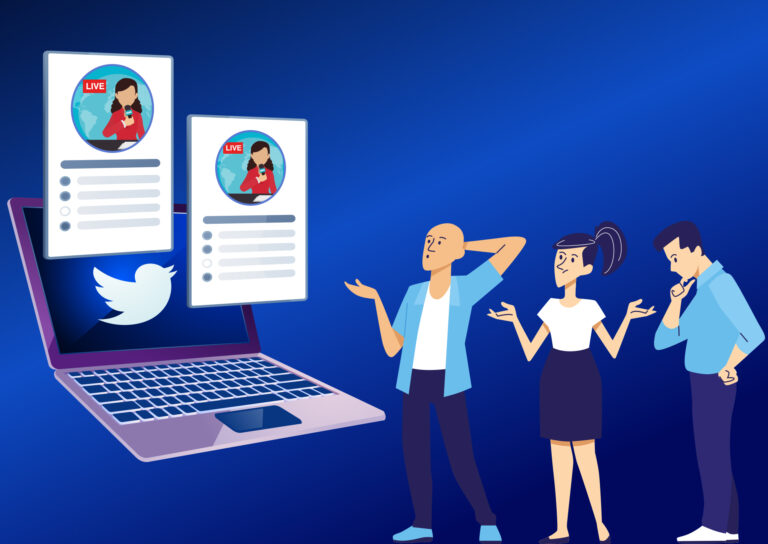Brands and companies are the number one target of malicious actors’ attacks on social media. In a way, they are easy prey because they have a large following and impact on public perception, making them attractive to threat actors seeking to maximize their reach and impact.
With how fast information spreads on social media, a brand’s reputation can be tarnished quicker than ever – negative content can go viral within hours, leading to potential loss of revenue and immense reputational damage to said entities.
These are the 5 biggest reasons why brands get attacked on social media:
Business Decisions
Companies often take stands on important, but often controversial topics, such as social or environmental issues. When this happens, threat actors who ideologically oppose them latch on to conversations on social media, employing bots to spread disinformation and create division among the brand’s audience.
Global Geopolitical Events
This attack happens when a brand is unwillingly swept up in a controversial political discourse that it had no intention of participating in. As a result, companies find themselves not only under attack by bots but also caught in a whirlwind of conspiracy theories, fake news, and disinformation.
Global Economy
Market fluctuations are part and parcel of every business. Threat actors have been known to target companies experiencing financial losses, adding insult to injury by launching coordinated attacks to further damage their reputation, making recovery from financial crises all the more difficult.
Opportunity Attacks
Sometimes you’re up, sometimes you’re down, but the bots are always there. Regardless of your business’s financial state, malicious actors are always waiting for the perfect opportunity to strike. From influencing stock prices, to spreading false information during crises, you can never be sure when the next coordinated attack could hit your brand.
Hashtag Hijacking
Bad actors can use bots to latch onto a negative hashtag related to your brand to take advantage of its trendiness even when it has nothing to do with the topic they’re promoting.
An example of this would be a bot or a malicious actor uploading an unrelated image on social media and then tagging it with the trending hashtag, so users who click on the hashtag to see all related posts might come across their image.
This is How Cyabra Can Protect Your Brand
Cyabra can identify targeted attacks against your brand by utilizing advanced AI and ML algorithms, effectively stopping the spread of disinformation in its tracks.
Unlike other monitoring tools, Cyabra’s platform is capable of detecting and analyzing inauthentic online behavior in real time, shielding your brand, and preserving the integrity of online conversations related to your brand.
Watch the video summary:


